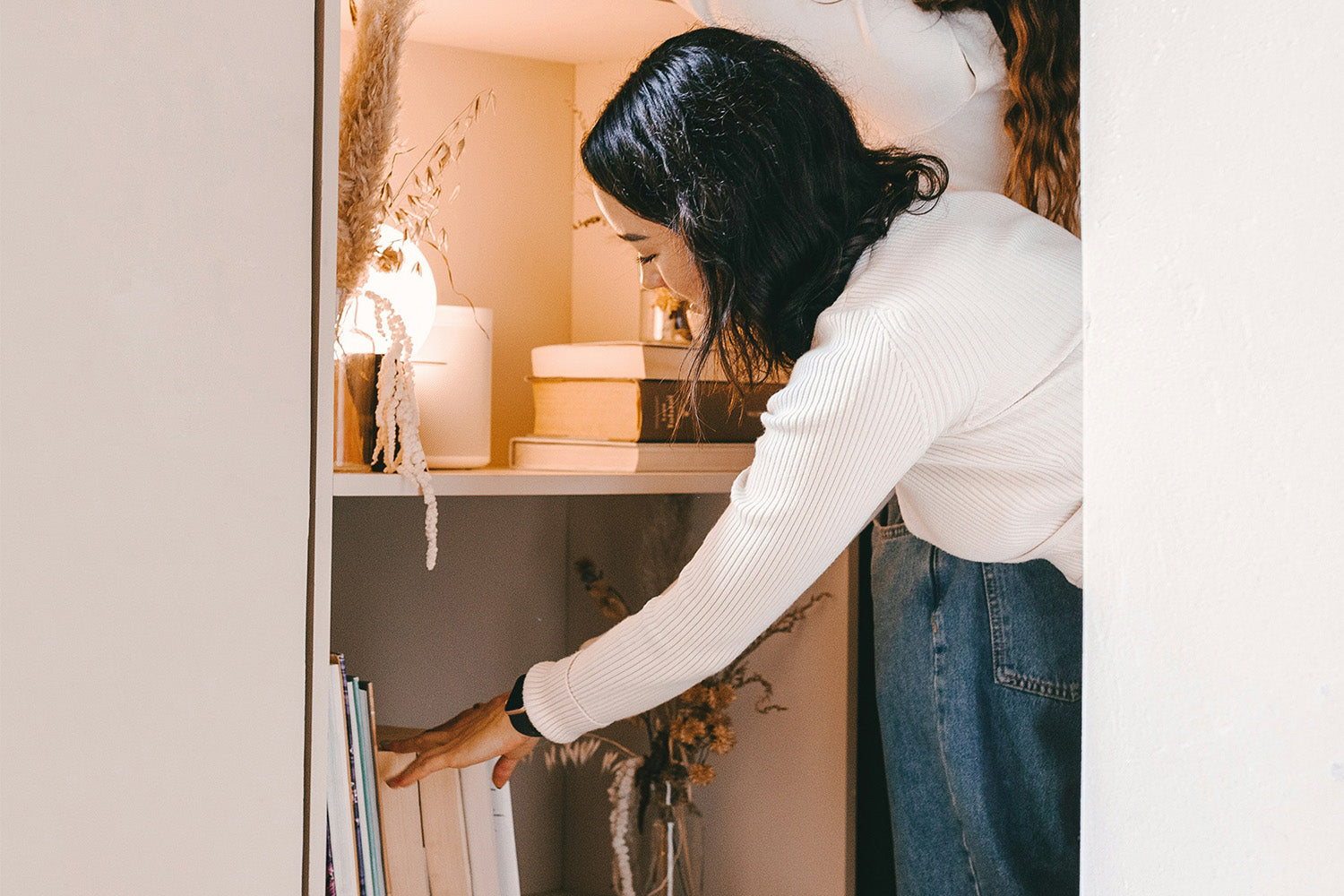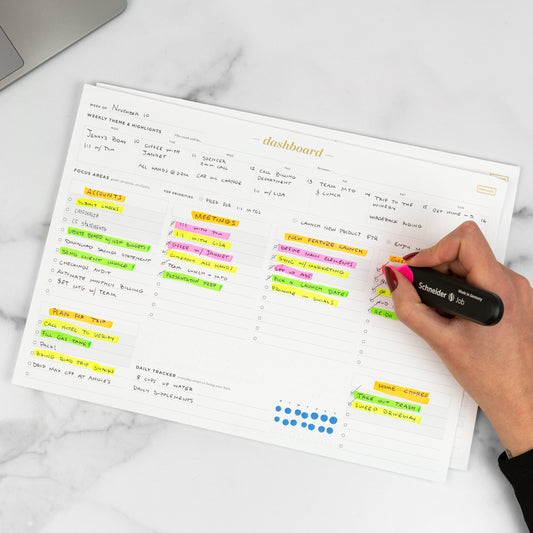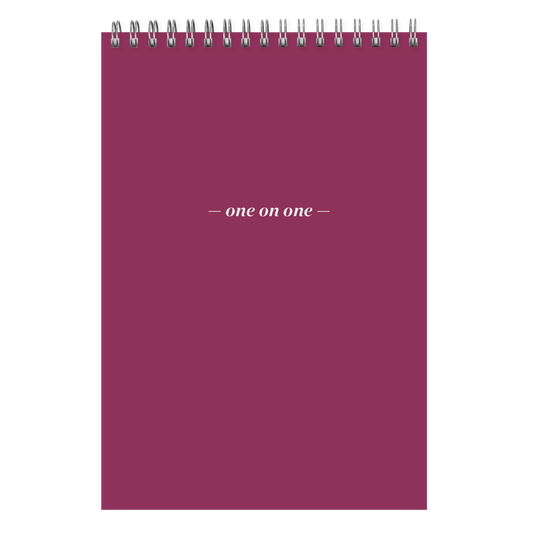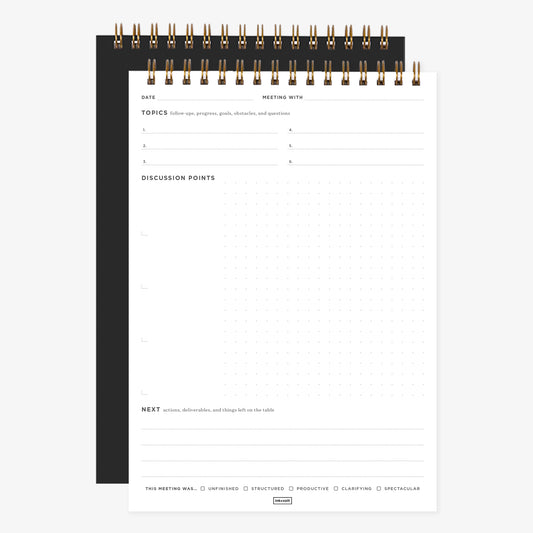Misplacing your keys and wallet is costing you time and money.
We’ve all been there: We’re already five minutes late and getting out the door seems impossible because the items we need to navigate the day are nowhere in sight. For some, this is a bad morning, but for others? It’s a chronic problem. No matter how many times you tell yourself you’re going to stop losing things, it still happens.
One 2017 survey points out the cost of this persistent pain. The average American spends 2.5 days per year looking for lost or misplaced items, collectively costing U.S. households about $2.7 billion in replacement expenses. That’s a lot of time and money that could be spent elsewhere, and all it takes is some preparation and organization.
Why do some of us lose things more often than others? Some chalk it up to age and forgetfulness, but the survey indicates that might not be true.
“Although 40% of Americans believe getting older causes them to forget where they place their valuables and household items, millennials are generally TWICE as likely to misplace items over baby boomers and a third more likely to lose items compared to generation X,” researchers say. “Baby boomers come out on top as being the most responsible generation with more than 55% claiming they haven't lost their keys or phone in more than two months compared with 23% for millennials.”
No matter your generation or underlying reason for losing items, there are plenty of strategies to ensure it becomes a once-in-a-while problem and not a constant one.
Getting to the root of the issue
Figuring out why you’re losing and misplacing items is the first step in fixing it. Ask yourself these questions:
- Do you always lose the same items?
- Do they always seem to be in a similar place when you’ve found them?
- Do you lose some items more than others?
- How organized do you consider your spaces?
- How is losing objects affecting your life? (being late, looking unprofessional, financial costs, etc.)
- Which areas of your life are more organized? Which ones are less?
Losing things may just be a problem of rushing through the motions and getting careless with where you place items. For others, it’s about a lack of process. Both are problems in their own right, and the solution to each is taking them equally seriously.
Finding the right solution
Unfortunately, the solution to losing things isn’t simply to remember better next time (we all wish that were the case!) Instead, it’s all about finding ways to prevent losing items in the first place – this goes for everything from keys, a wallet, to work papers.
Try out these strategies to keep your life more organized and all of your items from getting lost in the abyss.
1. Eliminate clutter
If you’ve got a stack of papers on your desk, it’s time to sort through them – along with the other cluttered areas in your life. One of the biggest reasons we lose things is because it simply just gets lost in the mix of everything else.
Identify these clutter zones (some are more likely to re-clutter than others and require more work to keep them under control), and discard anything that shouldn’t be there or find its proper place elsewhere. Chances are you’ll find some items that have been long lost.
After sorting through the clutter, you can begin to find systems that work. For example, a filing system, like this one, can help you keep documents organized so they never end up in the wrong pile again.
2. Find a place for your most lost items
There are some things that are just more likely to go missing than others, and it’s probably because they’re things we use often or need easy access to. A work badge, for example, might not always make it back to the same after every shift, or you might leave a candle lighter in different rooms depending on where you last used it.
These items require some discipline. Make a point to put things back in the place you designate for them every single time. A work badge goes on a hook at the front door and the lighter goes in a kitchen drawer. Make sure you pick a place that makes sense and is easy to access. You don’t want to put that badge in your nightstand because chances are you’ll forget it’s there because it doesn’t make the most sense.
3. Slow down
It’s easy to toss your shoes in the closet at the end of a long day, but a few weeks of that and your whole wardrobe descends into madness. Taking 15 seconds to put a pair of shoes back on the rack will save more time in the future, especially if you’ve got a habit of tossing shoes into a pile. This goes for lots of commonly lost items. Just remember that the time you’re saving now will come back to bite you when you surely could use five more minutes later.
Sometimes the solution to losing items is to be more mindful and thoughtful – something we could all use a little bit more of.
4. Create a drop zone
No matter how hard we try, sometimes there are items that, even if we designate a spot and clear clutter, will always seem to float around. This is when it can be beneficial to create a “drop zone.” Think of it as a palace where you can house miscellaneous items that you need often. Keys, chapstick, earbuds, are just a few of these items that you might spend too much time searching for on a regular basis. A small dish or tray can look tidy, even if you’re still working on it.
5. Consolidate when possible
Too many things to keep track of? It happens. While we may not always have the luxury of downsizing responsibilities, consolidating can be helpful in some contexts. One key ring, for example, can keep all of your keys together so you’re not searching for multiple keys. The same goes for work items.
Keeping one bag with the sole purpose of being for work can help you keep things you know you’ll need on in-office days handy so you won’t have to pack them up all the time. Add hand sanitizer, a few dollars for the vending machine, pens, and gum to a bag, and make sure not to touch them outside of work.
Written by Kara Mason









